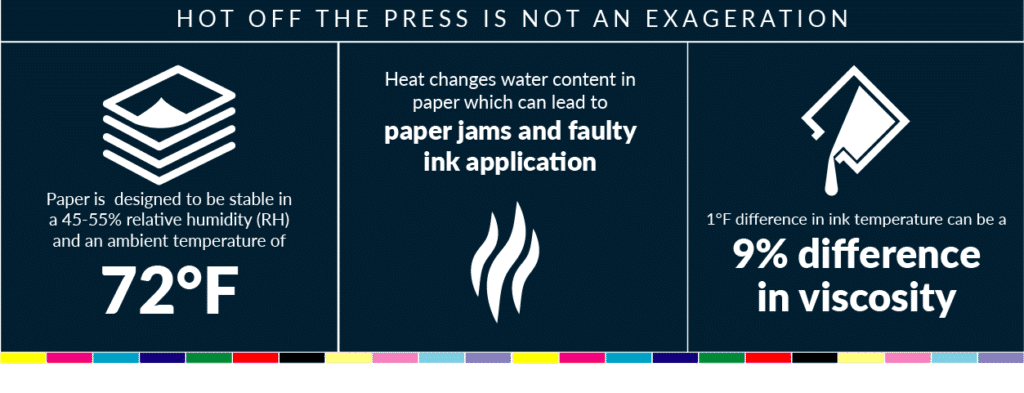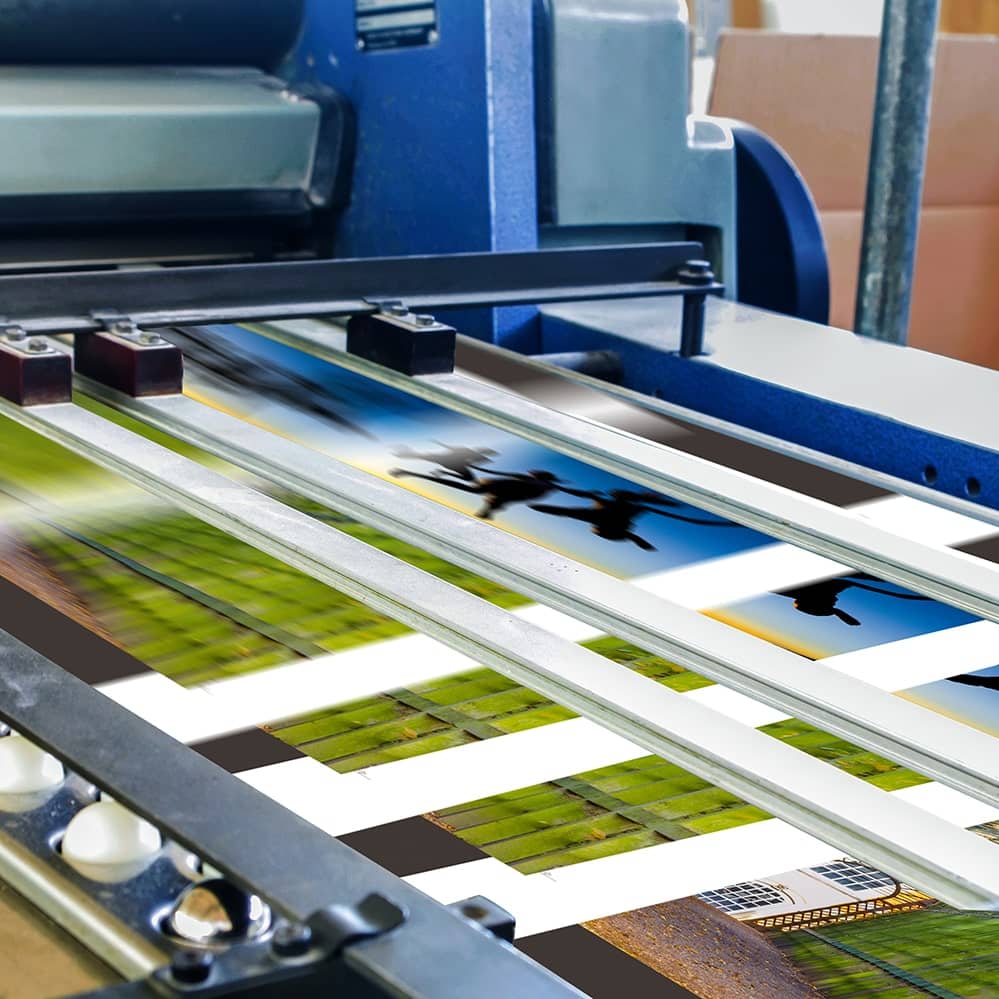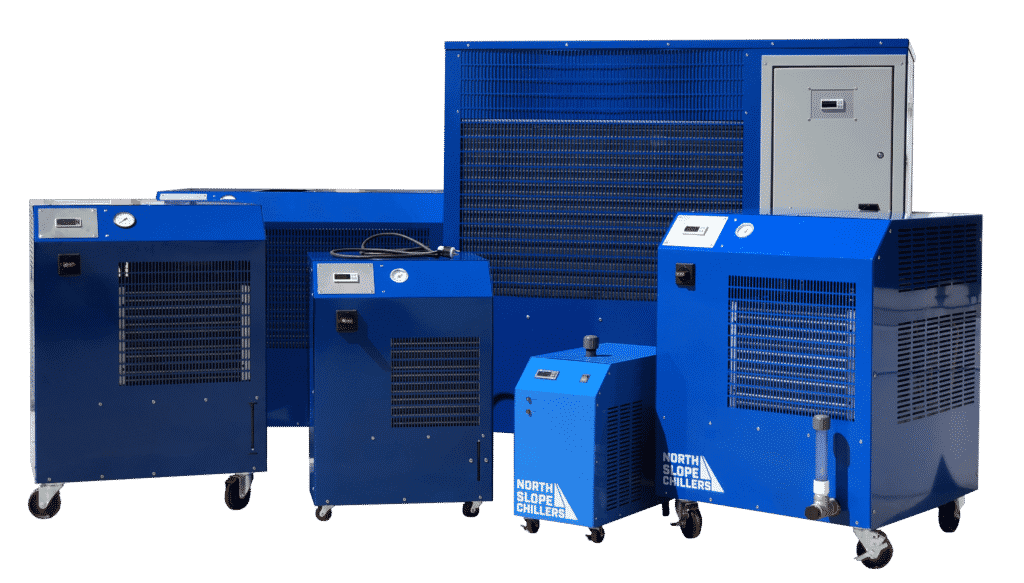PRINTING CHILLERS
INDUSTRIAL CHILLER APPLICATIONS

A HOT PRESS
IS NOT COOL
The printing industry manufactures a wide variety of products from newspapers and magazines to postcards and packaging goods. During printing, heat is generated by a number of processes. Toner printing requires heat in order to fuse toner to the paper. UV ink printing cures the ink by use of a UV light which generates considerable heat. Heat is also generated by the friction of continuously running printing material over the rollers. In order to avoid damage or downtime, temperature regulation is vital. Using a printing chiller during the printing process ensures equipment operates to its full capacity and more efficiently. Printing chillers protect product and machinery from the inevitable risk of overheating–saving you time, money, and frustration.
AN EFFECTIVE PRINTING COOLING SOLUTION

Reduce Friction from Plastic Rollers

Cool Paper

Protect Materials and Equipment

Save Time and Money
WHY DOES PRINTING NEED COOLING?
HIGH TEMPERATURES ADVERSELY AFFECT PRINTING AND PAPER
One major component that must be controlled in printing is humidity. Paper is designed to have moisture content between 4.0 and 6.0%, meaning water makes up 4 to 6% of the paper’s total weight. High ambient temperatures dry out paper prior to printing. If a printer is cautious and stores paper supplies in a controlled environment, moisture loss will not be a dilemma prior to printing. However, once that paper hits the press, the natural friction generated creates heat–affecting paper, ink, rollers, and other equipment. This is why temperature control is a vital part of printing

PRINTING COOLING SOLUTIONS
Controlling temperature and humidity is a critical component in the paper and the printing process. Temperature control for material storage and for the process itself improves ink viscosity, overall product quality, and equipment performance.There is an increasing need for cooling within the printing industry, regardless of whether your operation is offset or digital. Some operations use fans and ambient air conditioning systems for printing temperature control. Air-cooled and water cooled condensing units are both options.

NORTH SLOPE CHILLERS SPECIALIZES IN PROCESS COOLING

North Slope Chillers printing chillers are an effective way to consistently and efficiently maintain the quality of your paper, ink, and printing equipment. Save time and money, and prevent waste with North Slope Chiller printing chillers.

